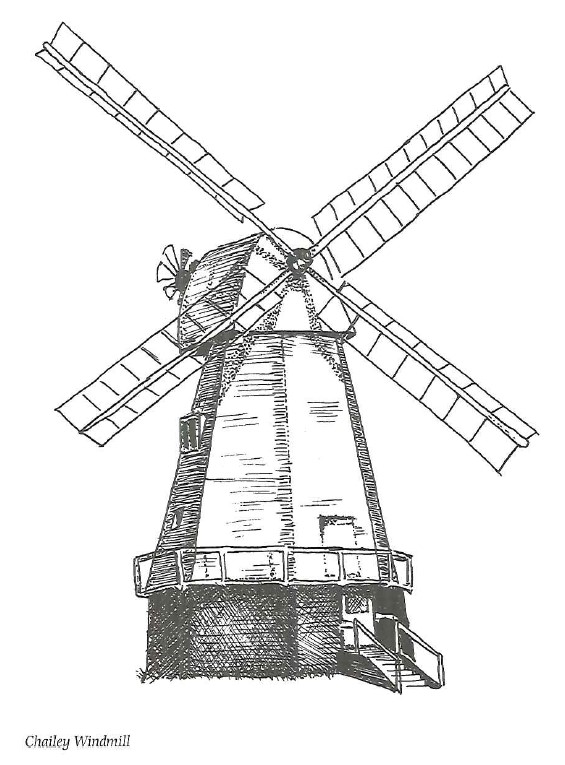A tiny place with a big landmark: A massive ‘V’ on the Downs made from beech, fir and lime trees which was planted in 1887 to mark Queen Victoria’s Golden Jubilee. The ‘V’ stretches almost from the bottom of the escarpment to the top and is visible for many miles. It makes a nice variation on the chalk carving theme.
Near the Early English church is Streat Place, an Elizabethan beauty built on the site of a much earlier home dating back to before the Conquest and entered in the Domesday Book when the hamlet was Estrat. It was one Walter Dobell who gave the manor house its facade of knapped flints in the classic E plan, as a gesture to Queen Elizabeth. The house stayed in the Dobell family until the middle of the 18th century, during which time it acquired an eerie English Civil War legend. The hall fireplace
was said to have a curious hiding place so large that a fugitive Royalist rode his horse inside to escape pursuit and was never seen again.
Also never seen again, in far more recent times, was a £9,000 bronze creation by sculptor John Skelton, who made his home in Streat. The 6ft tall semi-abstract work, weighing 350lbs, was pinched by a muscular thief from the garden. Like so many artists before him, Mr Skelton was left ruefully reflecting that his work was not appreciated. It must have been wanted for scrap and that is one of the most hurtful things about it, he said. It would be worth only a few hundred pounds melted down.’
